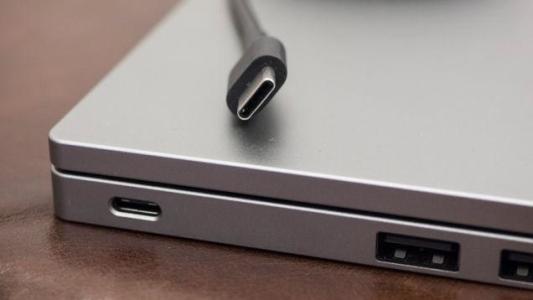Type-C接口虽然强大但也是需要保护的
发布日期:2023-05-14
点击次数:1031
从性能上看,USB Type-C几乎是“万能”的。在数据传输方面,它支持USB3.1规范;同时它也是电子设备的功率传输接口,基于最新的USB-PD协议,经由USB Type-C可传输最高100W的功率;此外,USB Type-C同时支持数据和音/视频信号的传输,堪称多面手;最后,在物理结构上USB Type-C支持无方向的正反插,身材也更纤细。
虽然USB Type-C很强大,但产品可靠性的问题也不容忽视,使用中由于热插拔、短路、ESD、故障设备和用户误操作引发的风险,需要有可靠的电路保护措施来化解。此外,D+/D-虽然不是直接和VBUS相邻,但也有可能发生短路,只是概率相比于CC和SBU低些,所以D+/D-也需要过压保护。以上引脚除了过压保护,还需采用 IEC 61000-4-2 系统级 ESD 保护。
就在近期,谷歌推出了针对所有四代Pixel智能手机的Android 10操作系统。XDA开发人员通过Android 10的源代码意外发现该操作系统版本具备USB端口污染和过热检测的新功能。这两项新功能既能保护数据传输的可靠性,也能保证USB端口充电时的安全性,相当地实用。


随着USB Type-C商用进程的加速,其强大的功能逐渐凸显。在享受USB Type-C强大功能性的同时,市场对兼顾其可靠性和安全性的保护方案需求也逐渐增多。艾为也推出了自己的Type-C接口保护方案。将过压保护芯片(OVP)串联放置在管脚线路上。当在这些线路上检测到高于 OVP 阈值的电压时,其内部高压功率开关管断开,并且将系统的其余部分与连接器上存在的高压状态隔离。
CC和SBU通道过压保护方案是类似的,但通道功能有差异,需要分别处理。
SBU通道为了兼容USB2.0的D+/D-通道,带宽设计为800MHz以上,这就要求降低通道上的寄生电容。通道上的寄生电容主要来自静电保护的ESD管和开关管。艾为设计的小电容ESD很好地降低了SBU通道上的寄生电容,是SBU通道带宽做高的关键。同时还优化了开关通道走线和PAD布局,进一步减小寄生电容。
由于短路、热插拔或设备故障都有可能引起浪涌。所以Type-C接口的每个引脚都需要有TVS保护,内置或者外置。内置的TVS可以省去外部的贴片TVS,节省了PCB板面积,降低了客户选择高压TVS的难度。TVS管可以泄放浪涌能量,降低浪涌电压,有效保护下游电路。
TVS的启动电压必须大于OVP功率开关管的DC工作电压,泄放浪涌的嵌位电压小于开关管击穿电压;浪涌管的尺寸足够大可以泄放能量而不发生热烧毁。
浪涌保护的原理是接口发生浪涌,浪涌电压大于浪涌管的启动电压,TVS管开始泄放能量,接口端电压被嵌住,泄放的能量越大,电流在通路上由于寄生电阻产生的压降越大,嵌位电压也被抬高,嵌位电压不能大于OVP开关的击穿电压。发生浪涌时,接口端也会发生过压,这时OVP开关管断开,保护下游电路不受损坏,OVP开关管过压断开的速度越快,OVP开关管输出的残压越低,越能保护下游电路。










